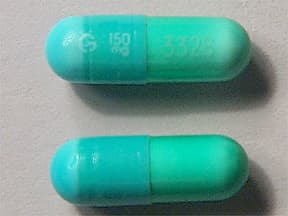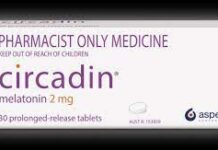Clindamycin is an antibiotic medication commonly prescribed to treat bacterial infections. It belongs to the lincosamide class of antibiotics. Here’s information about its uses, benefits, common symptoms, and potential side effects: Clindamycin Tablet Uses Benefits and Symptoms Side Effects

Uses and Benefits of Clindamycin:
- Skin and Soft Tissue Infections: Clindamycin is often used to treat skin and soft tissue infections caused by susceptible bacteria, including cellulitis, abscesses, and infected wounds.
- Dental Infections: It can be prescribed to treat dental infections, such as dental abscesses or periodontal infections.
- Respiratory Tract Infections: Clindamycin may be used to treat respiratory tract infections, such as pneumonia, caused by susceptible bacteria.
- Bone and Joint Infections: In some cases, clindamycin is used to treat bone and joint infections caused by susceptible bacteria.
- Intra-abdominal Infections: Clindamycin can be prescribed for certain intra-abdominal infections, such as peritonitis or abscesses.
Common Symptoms and Side Effects of Clindamycin:
- Gastrointestinal Symptoms: Clindamycin can cause gastrointestinal symptoms such as nausea, vomiting, diarrhea, and abdominal discomfort. These symptoms are usually mild and temporary. However, in rare cases, clindamycin can cause a severe form of diarrhea called Clostridium difficile-associated diarrhea (CDAD). If you experience persistent or severe diarrhea, inform your healthcare provider.
- Allergic Reactions: Some individuals may experience allergic reactions to clindamycin, characterized by symptoms such as skin rash, itching, swelling, or difficulty breathing. Seek immediate medical attention if you experience any signs of an allergic reaction.
- Liver Enzyme Changes: Clindamycin may cause temporary changes in liver enzyme levels, as indicated by blood tests. Regular monitoring of liver function may be necessary.
- Skin Reactions: Clindamycin can rarely cause skin reactions such as rash or itching. If you develop a severe skin reaction, such as blistering or peeling of the skin, seek immediate medical attention.
It’s important to take
clindamycin as prescribed by your healthcare professional and complete the full course of treatment, even if you start feeling better before completing the medication. Failure to complete the prescribed course may result in the infection not being fully eradicated, which can lead to antibiotic resistance.
Inform your healthcare
provider about any pre-existing medical conditions, medications, or supplements you are taking to ensure the appropriate use of clindamycin. If you have any concerns or experience troubling side effects while taking clindamycin, consult with your healthcare provider for further evaluation and guidance. They can provide personalized advice based on your specific medical history and condition.
Clindamycin Tablet Uses Benefits and Symptoms Side Effects Clindamycin Tablet in hindi Clindamycin Tablet in hindi






